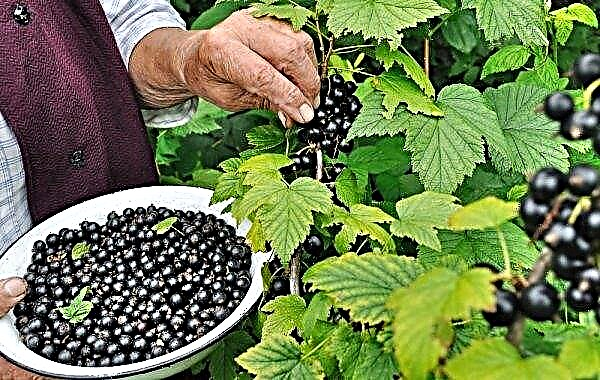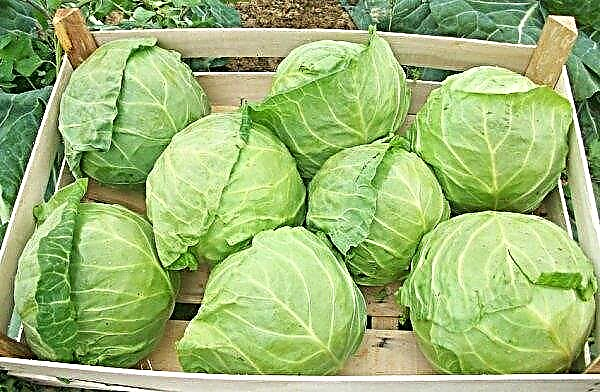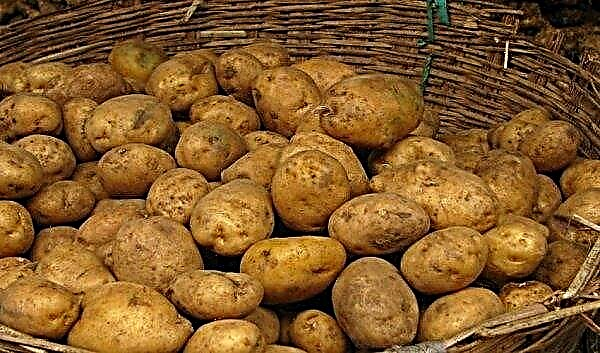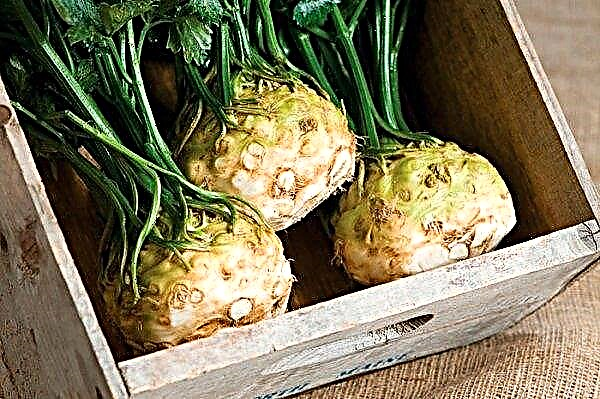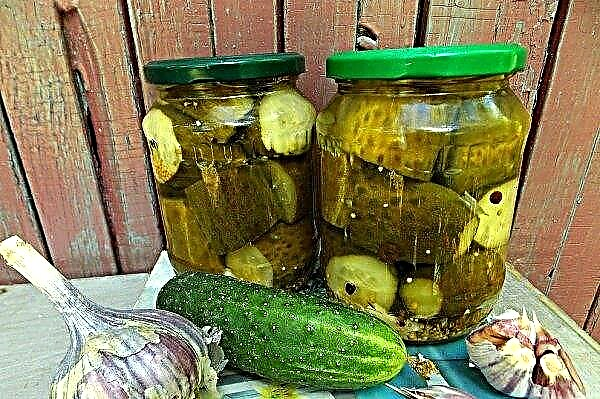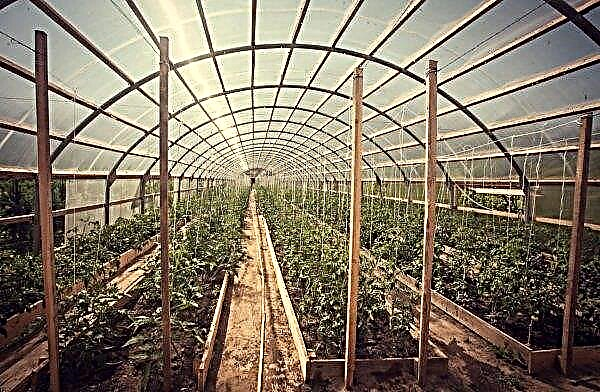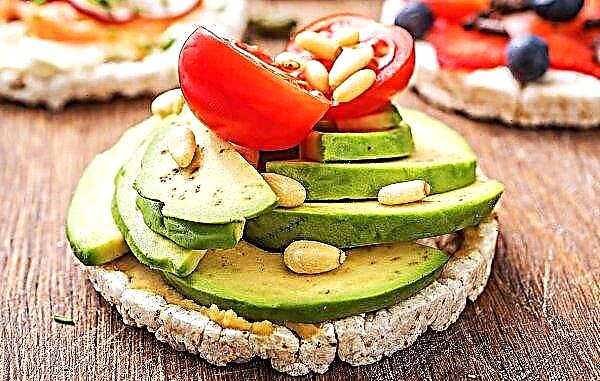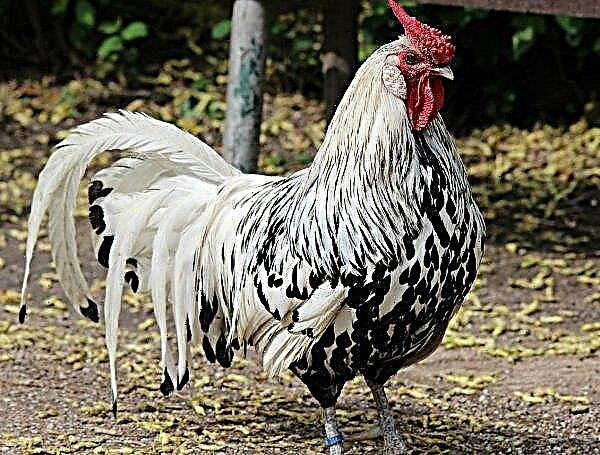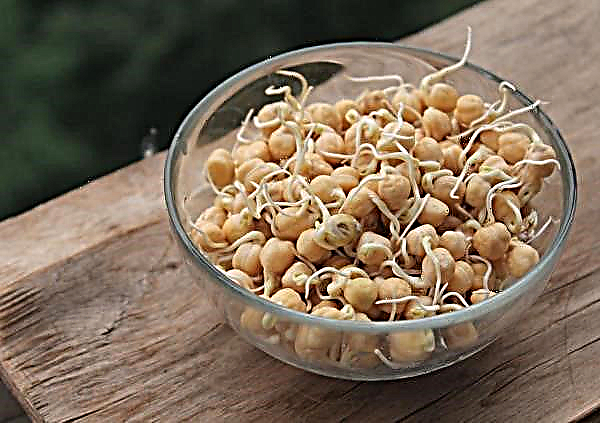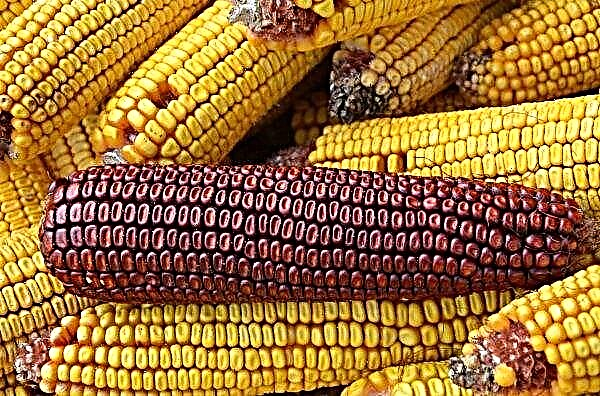Today in the world there are more than two hundred species of goats that are dairy or meat. Angora (the second name is Kemel) occupies a special place in general, since the animals of this breed are a source of wool of unsurpassed quality, from which they produce the most valuable mohair. The article will discuss the specifics of this breed.
Origin history
The breed of Angora (Kemel) goats originated in Turkey and got its name from the city of Angora - modern Ankara.
In the XVI century, the breed was introduced to Europe, but did not gain popularity. Only in the middle of the 19th century, when animals were brought to South Africa, where the production of wool and mohair began, did the breed become more widespread.
In 1849, seven individuals were delivered to the United States - their descendants make up the livestock of the most important livestock industry in the southern part of the country today.
In the middle of the twentieth century, representatives of the Kemmel breed were brought into the Transcaucasian region. Unfortunately, the breed is not widespread in the Soviet Union due to climatic conditions - Angora goats are categorically intolerant of a damp climate.
Later, Central Asian scientists bred a breed that was more adapted to the local climate, crossing a representative of the Angora breed with an ordinary goat.
Did you know? According to Greek myth, the god Zeus endowed the fallen horn of the Amalfei goat with magical properties and called it the "cornucopia."
Characteristic features of the breed
Let us dwell on the features of the Angora breed.
Appearance
Representatives of this breed are distinguished by thick soft wool, which consists of curly strands of white color. Very rarely found animals in which the coat is dyed gray or dark. In addition to the ears, the front of the muzzle and lower legs, the goat is completely covered with a thick layer of fur. Angora goats are characterized by a small head with long elongated ears. By the shape of the horns, you can determine the sex of the animal: males have large wrapped horns, and in females they are small and thin, allotted to the back. The breed has strong limbs and an underdeveloped chest.
Angora goats are characterized by a small head with long elongated ears. By the shape of the horns, you can determine the sex of the animal: males have large wrapped horns, and in females they are small and thin, allotted to the back. The breed has strong limbs and an underdeveloped chest.
Productivity by gender and weight
2–4 kg of wool per year is obtained from a goat, 4–7 kg from a goat. The kid gives about 500 grams. The strands of wool that are sheared vary in length from 18 to 25 cm.
Important! None of all existing modern breeds produce as much wool as Kemel.
Advantages and disadvantages
- The undoubted advantages of the breed include the following:
- undemanding to the conditions of detention, feed base;
- good adaptation to heat and cold;
- resistance to many serious diseases (tuberculosis, brucellosis);
- high quality wool;
- meat is distinguished by high taste characteristics.
- Cons of the breed:
- hypersensitivity to air humidity;
- the influence of climatic conditions on the quality and structure of wool;
- a molting process that reduces the amount of trimmed hair;
- goats have a weak maternal instinct;
- painful offspring.
How to choose a good goat when buying
Goat specialists offer such recommendations:
- Buying one animal is impractical, as goats are herd animals and require companions. Loneliness generates hyperactive behavior (anxiety, desire to run away, damage to the garden, etc.).
- Pedigree goats should be purchased on the farm, where you can get acquainted with the pedigree, veterinary passport.
- The physique of the animal must comply with breed standards.
- Brilliant coat, strong bright teeth, bright eyes, quiet breathing, lack of discharge from the nose - all these signs indicate good health of the animal.
- The goat should be cheerful, active.

Home breeding
Let us dwell in detail on the main stages of the breeding of Angora goats at home.
Conditions of detention
The room where the goats are kept should be light, dry, and have good ventilation. The area of the goat house per animal should be at least 4 m², in addition, a drinking bowl and feeder are installed there.
Barn walls should be periodically whitened with quicklime solution (1 kg of lime is dissolved in a bucket of water) for disinfection purposes.Important! Females can be kept together, and males are recommended to be isolated from them, since co-residence negatively affects the production of milk, which in this breed is only enough to feed young animals.
The temperature in the room during the winter period should be maintained at a level not lower than + 8 ° С, therefore, in cold regions, the entrance to the goat house must be equipped with a vestibule, which will allow it to retain heat inside it. It is better to lay wooden floors, which are covered with a bed of straw or sawdust.
It should be remembered that the constant content of goats in enclosed spaces negatively affects the general condition of the herd.
Video: Angora goats
In the summer they are kept in open corrals fenced with a high net (goats jump high enough). In winter, when severe frosts, animals every other day should be at least a few hours on a walk. This is dictated by the fact that in enclosed spaces there is a high risk of various diseases that are quickly transmitted from one individual to another.
Feeding and drinking
Kemel Koz goats are ruminants; therefore, the basis of the diet should be juicy fibrous grass feeds.
Grazing is carried out both on mountain and flat pastures, after the morning dew has dried. Due to intolerance of excess moisture described by the breed, waterlogged and swampy areas are not suitable for grazing.
Angora goats are very fond of oak leaves and acorns, young shoots of trees. In winter, their diet consists of hay and tree branches, animal feed, root crops, and grain.As mineral top dressing animals (all-weather) are given chalk, meat and bone meal, salt, pharmacy vitamin and mineral complexes.
Daily approximate ration of one animal:
- morning feeding - 0.5-0.7 kg of root crops and 0.2 kg of grain;
- lunch - 2 kg of hay;
- evening - 0.1 kg of oilcake, 0.15 kg of grain.
- at night they give some hay.

The water should be clean, fresh, comfortable temperature (in no case icy), in constant access for goats. Feed should choose high-quality, without signs of spoilage and rot. Root crops need to be thoroughly washed and cut into pieces.
Hair and hoof care
In regions with a warm climate, Angora goats are sheared twice a year. In areas with low temperatures, haircuts are carried out once a year.
Important! If the haircut procedure is not done on time, the process of molting begins, in which valuable wool disappears.
The hair of females is more silky, while the coat of males is more coarse. With good care and a good diet, the hair of individuals grows quickly, by about 2.5 cm per month.
Particular attention should be paid to the condition of the hooves - they need to be inspected regularly, to remove dirt and small stones that can get stuck between the fingers, to clean off the excess keratinous layer. At the slightest suspicion of an inflammatory process, you must immediately consult a veterinarian, as the animal may die.

Disease prevention
The diseases that goats are subject to are divided into 4 types:
- infectious (infectious);
- non-contagious;
- invasive;
- parasitic.
Preventive measures:Did you know? Due to the lack of grassy pastures in Morocco, goats climb trees in herds and graze on them.
- Twice a year, in spring and autumn, antihelminthic prophylaxis is performed with special preparations.
- Exclusion of the possibility of goats consuming water from bodies of water with stagnant water.
- Open grazing areas are regularly changed. Return to the previous pasture place should be no earlier than 2 months.
- It is important to regularly examine the limbs and hooves. Lame animals are isolated from the general herd.
- To prevent ungulate diseases twice a month, animals need to make baths from a solution of copper sulfate - they should be placed in front of the entrance to the paddock, and the animals themselves will “go through” this procedure.
- The goat house is kept dry and clean, regularly changing the litter.
- Additionally, you need to give animals special vitamin-mineral complexes, salt.
- Females are regularly examined for mastitis, closely monitor the condition of their udder.
- Clean drinking and quality feed are the key to a healthy livestock.

From the information contained in the article, we can conclude that the Angora breed of goats is quite demanding in the care and maintenance, but with the necessary efforts, knowledge and skills, you can constantly obtain valuable wool, fur and excellent quality meat.


